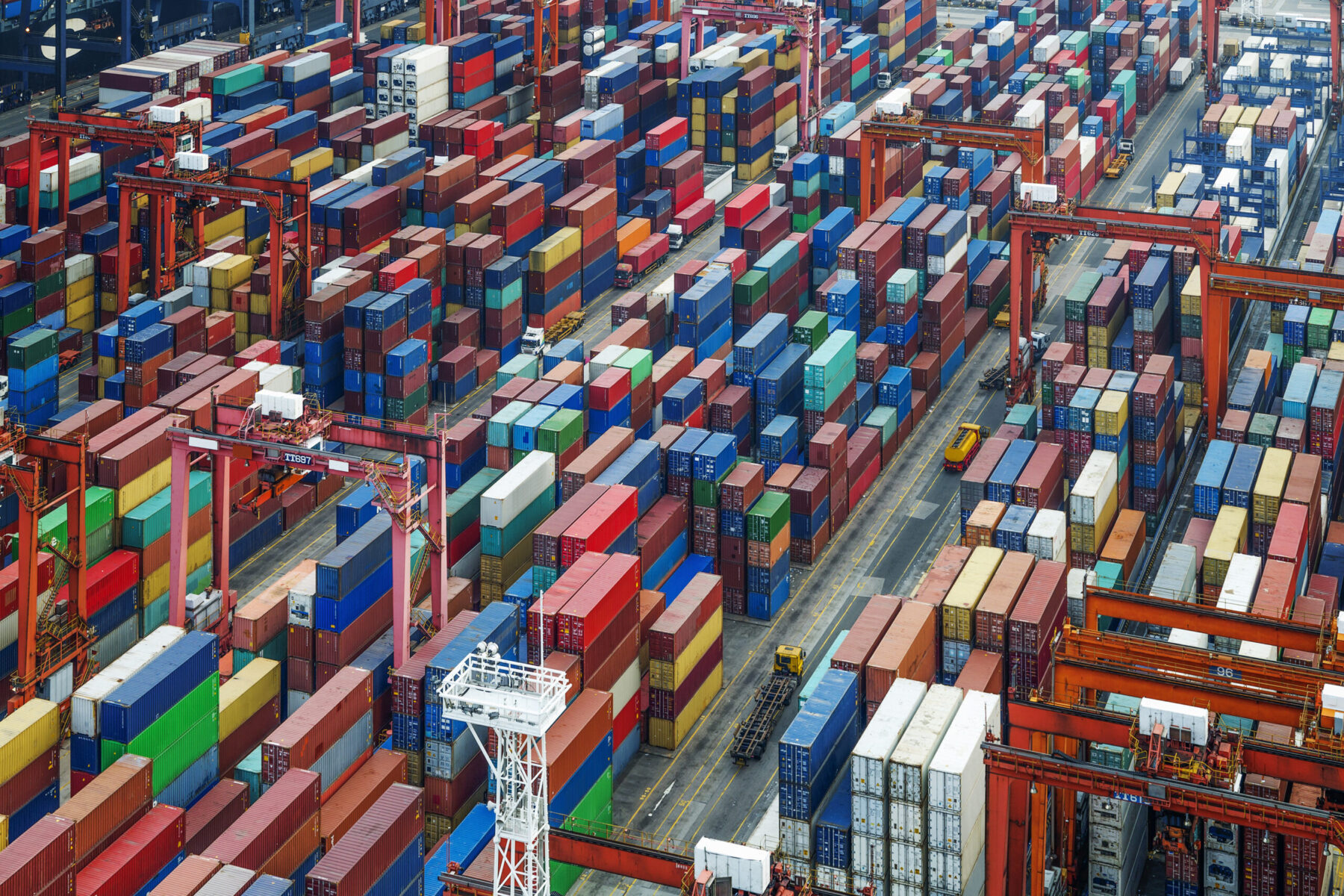A how-to guide to progressing supply chain digital transformation
Jun 10, 2022
Scroll to find out more
Jun 10, 2022
Scroll to find out more

According to a Zencargo study, 41% of businesses have increased their budget for supply chain technology and digital solutions since 2020. This surge in investment shows that the supply chain digital revolution has arrived.
To keep up with competitors and consumer demand, businesses need solutions that allow them to act quickly and effectively. But when your processes are manual and old-school, how do you kick-start your supply chain digital transformation?
Traditional freight forwarding relies on excessive human input, emails and spreadsheets. But, this strategy can produce challenges at the best of times.
A digital supply chain transformation is where you enrich your decisions with reliable, easy-to-access and automated data. By mirroring your supply chain in the digital world, you more easily make improvements with:
Skip to how to progress your digital transformation, or take the quiz below to see where you should start your journey.
There are multiple pieces to the digital transformation puzzle, and working out what pieces of data and technology are the most important for you to achieve your goals can help you to establish a starting point for your transformation.
Our research tells us that 23% of supply chain professionals are planning to have one system to store documentation within the next 2-3 years, while 26% are looking to improve reporting and analytics on supply chain data. But how can businesses achieve these supply chain goals?
Here is how you can piece together your digital transformation:
The first step to achieving a digital transformation is establishing what data you need.
38% of supply chain professionals are receiving late information which can lead to:
You need data that tells you what happened, why it happened and how you can improve to do better next time. This means you need data on supplier performance, such as on time in full, as well as delays and costs per shipment. All of this information gives you the ability to forecast better to lower costs and minimise delays.
This data needs to be real-time and it needs to be for each item moving through the supply chain, not just for each shipment. When you can see each individual product, you can book shipments earlier for lower rates, mitigate risks such as supplier delays and improve container utilisation.
It can be easy to miss important information, such as changes in containers or shipments, when all of your data is received via emails and spreadsheets. When you have to scroll through endless emails and documents to try and track hundreds of products from various suppliers on multiple shipments, you waste time, resources and money.
Our research tells us that only 10% of supply chain professionals have all their data and documentation on one system. But, 72% of the supply chain professionals that have not yet implemented this solution plan to in the next one to five years. Why? Because it makes it easier to see all your shipments in one place, allowing teams to identify changes and potential problems.
You need one source of truth to easily see where shipments are, whether there are delays and any changes in dates to be able to make informed decisions on what steps to take next. By having all of your data on one platform, not only can you easily see changes in plans, but your team has a shared base for finding information, making it easier to communicate internally when changes need to be made.
Late and inaccurate data results in poor decisions made on irrelevant information. You need your data to be as close to events as possible to ensure that the decisions you and your partners make are effective; without timely data, you can’t proactively change to avoid an issue, and instead, you find out only when it’s too late.
96% of supply chain professionals struggle to make decisions because their data is inaccurate, incomplete and late. So, it’s no surprise that 8% have already automated processes to gain real-time information, and 79% plan to implement this solution within the next 5 years.
By automating your supply chain data, there is less chance of an error occurring due to manual input. You don’t have someone typing numbers into a spreadsheet leading to potential errors, and you don't have to wait for long processing times. This allows you to identify when there is going to be a problem much quicker, as information is provided in real time.
Different data sources can also be automated into a centralised platform to provide information as soon as it is available. For example, pulling POs directly from an ERP means you don’t have to wait for someone to give the information to you.
To catch shortfalls and optimise stock coverage, you need to ensure that the data you have is reliable.
The automated collection of your data will help with this, along with the integration of data sources into one central platform and rules to score the validity of each piece of information that is inputted. This can be straightforward, such as ensuring that the information being collected fits into structured categories (i.e. a dropdown list). Having all this allows you to gain more actionable, analysable data to be able to manage customer expectations, pinpoint areas for improvement and analyse business and supplier performance.
A rules engine can also help to identify where rules have been broken. For example, if a shipment has a delivery date of Wednesday but it is still waiting at the port on Friday, then this data is inaccurate. A rules engine will spot this error and flag it so it can be resolved.
Once you have correct, good quality data, you can start to use it to make informed business decisions and tackle disruption quickly and effectively.
Some examples of how you can use your data:
With the right data, tools and experts, you can unlock your supply chain's potential, enhance your decision making and meet business goals.
Want to see what the right digital supply chain solutions can do for you? Get in touch with our experts to discover our advanced platform and freight forwarding services.

To find out how you can take control of your supply chain costs and stay ahead...

To find out how you can navigate a path through uncertainty, book your free str...

To find out more about how Zencargo’s digital freight forwarding experts and te...